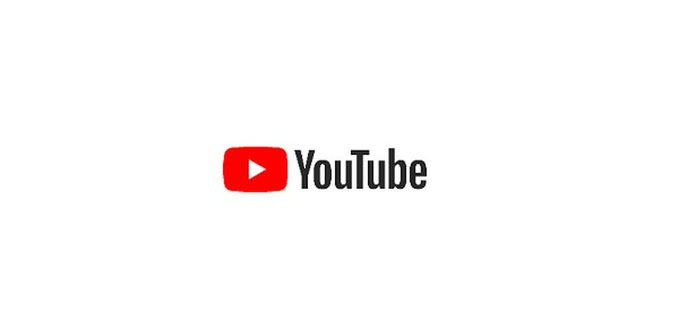YouTube has outlined the opportunities of Connected TV viewers and eCommerce on the platform in a new update on its product roadmap, and plans for future developments.
As part of a new blog series, YouTube’s chief product officer Neal Mohan is outlining specific trends that the platform is seeing, which will inform its approach for future developments. In his first update, posted last month, Mohan outlined the growth of its new ‘Shorts’ platform – YouTube’s answer to TikTok – while also pointing to new monetization opportunities for creators.
In this new post, Mohan underlines the rise in connected TV viewership, particularly during the pandemic, and the opportunities this could afford to marketers looking to maximize their reach.
As explained by Mohan:
“Though mobile still makes up the largest percentage of how content is consumed on the platform, our fastest growing viewing experience is on the TV screen. Last December, over 120 million people in the U.S. streamed YouTube or YouTube TV on their TV screens. And there’s another interesting viewing behavior emerging. A new generation of viewers chooses to watch YouTube primarily on the TV screen: Also in December, over a quarter of logged-in YouTube CTV viewers in the U.S. watched content almost exclusively on the TV screen.”

YouTube has been working to provide tools to tap into this rising trend for some time. Back in 2019, YouTube added TV screen-specific targeting to its prominent Masthead ads, which show up first thing when a user opens their YouTube TV app.

Options like this effectively enable TV-like ad campaigns on much smaller budgets, with much more specific targeting – and with more people turning to streaming TV options, YouTube is increasingly becoming a more viable focus point for marketers in this respect.
Indeed, according to YouTube, amid the broader streaming shift, it’s one of only two platforms that provide an opportunity for direct ad reach.
“According to Comscore, 82.5% of CTV reach in the U.S. falls on only five streaming services: Netflix, YouTube, Amazon Prime, Hulu, and Disney+, but only two sell ads. 41% of all ad-supported streaming watch time in the U.S. happens on YouTube.”
That points to growing opportunity for YouTube in that viewing shift, and as users become more accustomed to streaming services, that will only put more emphasis on YouTube’s ad options in this respect.
According to research by eMarketer, more than 106 million U.S. households will watch streaming content in 2021, eclipsing pay TV. Expect YouTube to add more options to capitalize on this in the coming months.
In addition to this, Mohan has also noted the platform’s ongoing work in facilitating more direct commerce promotion and connection opportunities – with 70% of YouTube viewers saying that they bought from a brand as a result of seeing it on YouTube.
YouTube’s already working to add more tools, like product tags in videos, which would provide more ways to promote specific products within YouTube clips. That will eventually open up new monetization potential for creators, and expand YouTube’s capacity as a vehicle for direct selling.
Mohan also says that Shorts will be launched in the US ‘in the next few weeks’.
These are some interesting opportunities, and as YouTube works to build out its tools on each element, that will present new considerations for marketers looking to tap into these key usage shifts.
Follow Andrew Hutchinson on Twitter

